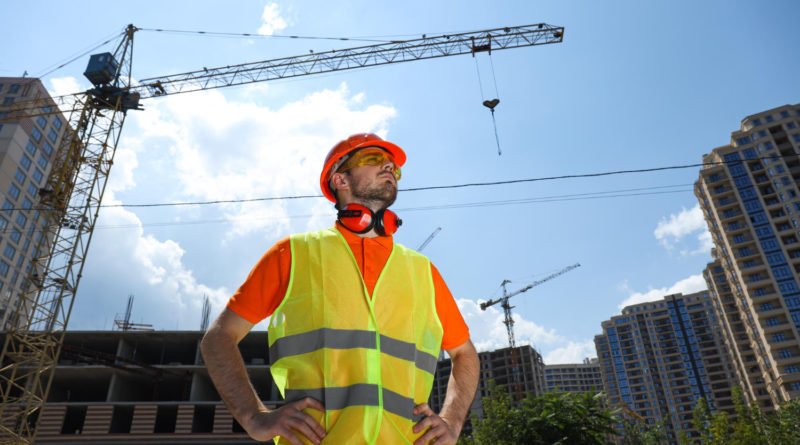Supercranes and Safety: Best Practices for a Risk-Free Worksite
In the construction and heavy-lifting world, the rise of supercranes has revolutionised the industry. These massive machines have the power to move mountains, but with great power comes great responsibility – particularly regarding safety. So, this post talks about best practices for ensuring a risk-free worksite when dealing with supercranes, including the importance of crane hire, meticulous planning, rigorous inspections, and the human element that plays a crucial role in it all.
The Role of Crane Hire
Crane hiring is a cornerstone of safety in the construction industry. Instead of owning and maintaining their own cranes, many construction companies choose to rent them from specialised crane hire providers. This approach offers several advantages:
Expertise: These companies are experts in their field, ensuring the equipment is operated, maintained, and inspected to the highest industry standards.
Cost-Efficiency: Renting cranes can be more cost-effective than owning and maintaining them, especially for projects that require specific types of cranes only for a limited duration.
Compliance: These service providers typically ensure that the equipment complies with all safety regulations, reducing the risk of accidents and regulatory fines.
Meticulous Planning
Safety begins with meticulous planning. So, before a supercrane is even transported to the work site, thorough planning should occur. This includes:
Site Assessment: An in-depth assessment of the worksite to determine the best placement and positioning of the crane, considering potential hazards and obstructions.
Lift Planning: Detailed planning of the lifting operations, including load calculations, rigging techniques, and safety protocols.
Emergency Procedures: Emergency preparation, including evacuation plans, first-aid stations, and communication procedures.
Rigorous Inspections
Regular and rigorous inspections are the linchpin of crane safety. This includes:
Pre-Operational Checks: A comprehensive crane inspection before each use, including structural components, hydraulic systems, electrical systems, and safety devices.
Periodic Inspections: Scheduled inspections by certified technicians to identify potential wear and tear issues and ensure safety standards compliance.
Load Testing: Periodic load testing to verify the crane’s lifting capacity and ensure it operates within safe parameters.
The Human Element
While technology is vital in crane safety, the human element is equally crucial. This includes:
Training: Proper training for crane operators and rigging personnel ensures they have the skills and knowledge to operate the equipment safely.
Communication: Clear and effective communication among all workers on the site, including hand signals, radio communication, and an understanding of emergency procedures.
Safety Culture: Fostering a safety-first culture within the organisation, where every worker understands the importance of safety and is empowered to report any safety concerns.
Emergency Response
Even with the most meticulous planning and rigorous safety measures, emergencies can still occur. It is vital to have a well-defined emergency response plan in place. This plan should include:
Evacuation Procedures: Clear instructions on how workers should evacuate the area in case of an emergency, including designated assembly points.
First Aid and Medical Support: Availability of first-aid kits and trained personnel to provide immediate medical assistance if needed.
Communication: Procedures for alerting authorities, such as calling emergency services and notifying relevant stakeholders about the situation.
Continuous Improvement
Safety is an ongoing process that requires continuous improvement. This includes:
Incident Reporting: Encouraging workers to report even near misses or minor incidents, as they can provide valuable insights for preventing more severe accidents in the future.
Analysis: Conducting thorough investigations and analyses of incidents to identify root causes and implement corrective actions.
Training Updates: Keeping training programs up-to-date with the latest industry best practices and safety standards.
In conclusion, using supercranes in construction and heavy-lifting operations can greatly enhance efficiency and productivity. However, safety should always be the top priority. By partnering with reputable crane hire providers, meticulous planning, rigorous inspections, fostering a safety-first culture, and having a well-defined emergency response plan in place, the construction industry can harness the power of supercranes while minimising the risks associated with their operation. Remember, when it comes to supercranes, safety is not an option – it’s a requirement.




